Your Custom Text Here
Learning New Skills
Over the course of the last four months I’ve been learning CAD (Computer Aided Design) alongside the architecture students at Nottingham College as part of an Artist residency. Being a very handy person it was quite a challenge to create on a computer rather than use my hands.
One of the challenges set by my tutor was to complete a task that was asked of me during a recent commission, to create a computer drawing of my proposed sculpture so that the planners could see what the sculpture would look like before it was created. The actual task at the time had to be outsourced and it made me wonder if this could be the first of many requests. Challenge accepted!
The task felt very daunting at first but as the weeks went by I began to get more and more confident with my newly acquired skills. The results aren’t perfect but I feel I created a good digital version that does not look too dissimilar to the actual sculpture. See what you think.
Here are the results; L-R The finished Sculpture, sketch created on Sketch Up, a pencil sketch.
Spirit of Mayflower: Ancient Techniques & Digital
Scan of the Crown Knots
Over the last year I have been working with NTU (Nottingham Trent University) within their Enabling Innovation program to embrace digital technologies within my practice. At first I was a little sceptical about the possibilities of this new burgeoning technology to try and capture the delicate details of something hand woven, but I think we are beginning to see some positive results.
The first items I gave them were some spiral forms made using the corn dollie 5 stranded spiral weave, which they digitally mapped and then printed with the new 3d clay printer. The results were very interesting and I shall share these with you in a later post.
After experimenting with clay, we moved on to a 3d printer with a synthetic polymer, and the test piece was a length of macrame knots woven in a 4mm thick cotton cord. The piece was worked over a wire core to enable the technicians to suspend the weaving and capture a 360° view of the work. The scan was sent to print and the results are very promising. The printed work has captured the threads of the cotton well and the movement of the weave is visible in every twist and turn.
What next? The scans of handwoven work could be further manipulated and produced at differing scales which could lend itself to large scale works. Now I need to see if a scan can capture something much more delicate than a chunky series of Crown Knots, and scan a panel of macrame.
Art Fair East
Textured Bronzes and Crocheted Bronze sculptures ready for next weeks Art Fair East exhibition, I’ll be taking along these two collections plus a few more too #sculpture #artfaireastnorwich #artfaireast #Art #bronzesculptures
https://www.instagram.com/p/Bqie-K0g-av/?utm_source=ig_tumblr_share&igshid=1uf8e7x6dg6im
Sculpture due for Unveiling
All the elements of the sculpture have been coming together over the last few weeks. A 2 tonne block of Derbyshire sandstone has been selected from the quarry which has been given a clean cut across the top and bottom ready to form the plinth of the sculpture. The four outer sides have been left natural to give a contrast with the delicate bronze piece.
I’m really looking forward to seeing the sculpture installed and can’t wait to be able to share images with you, but for now heres the plinth awaiting a bronze sculpture.
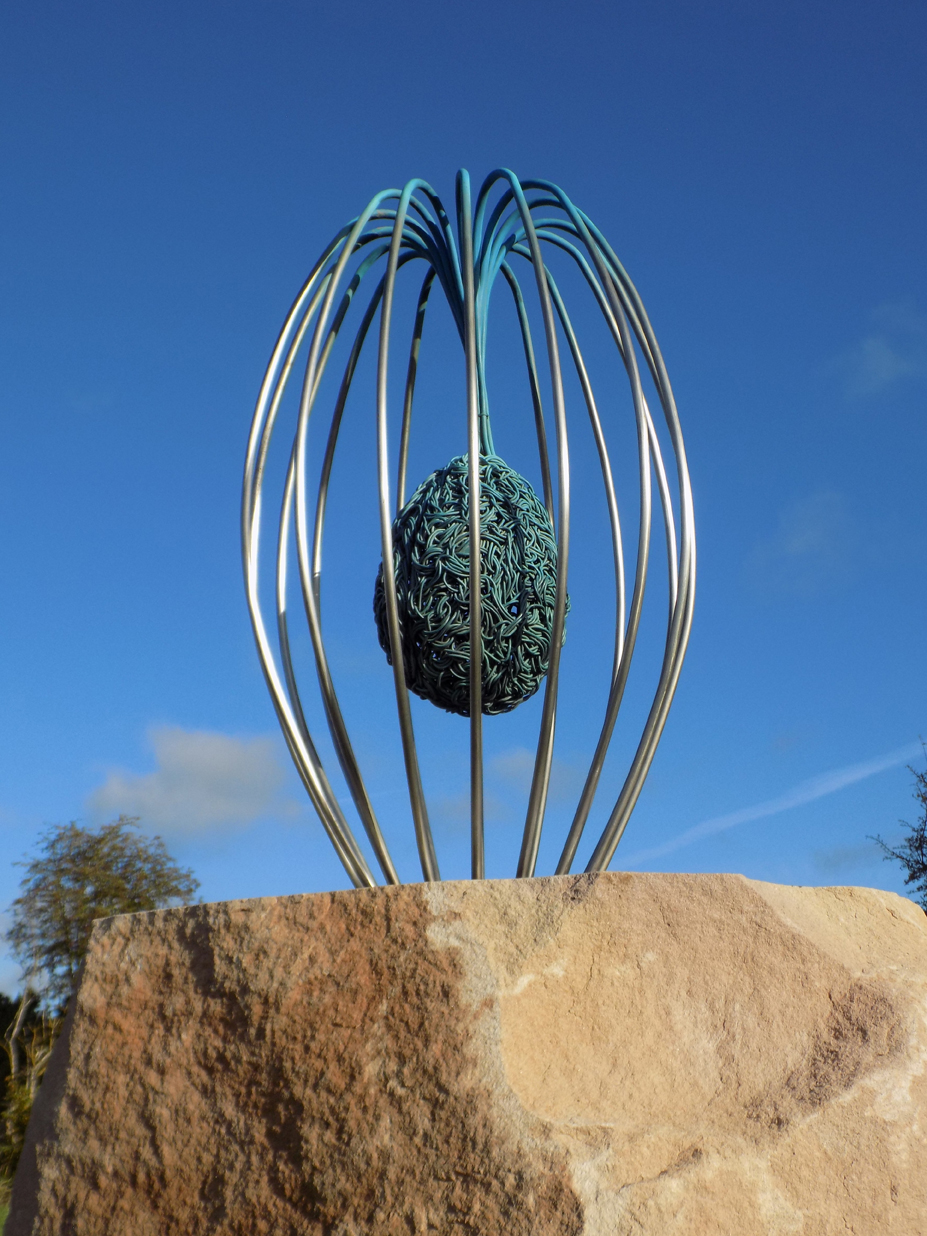
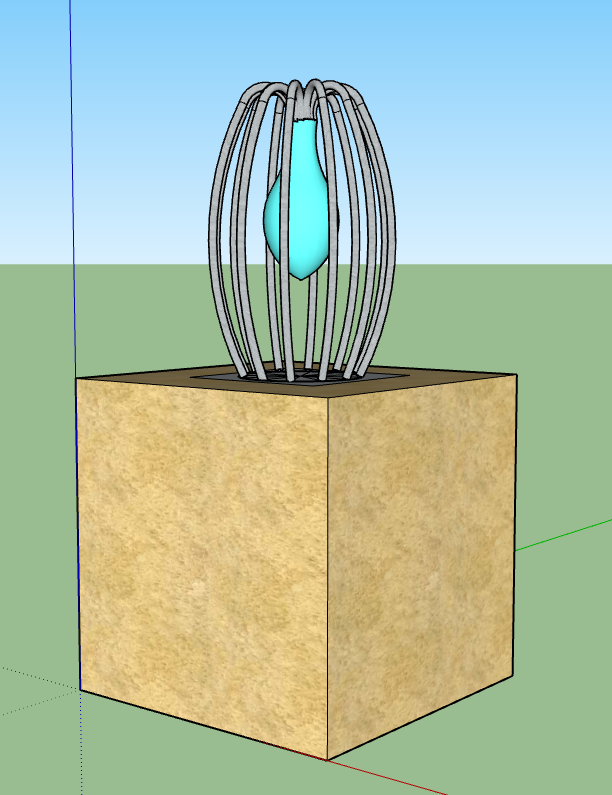
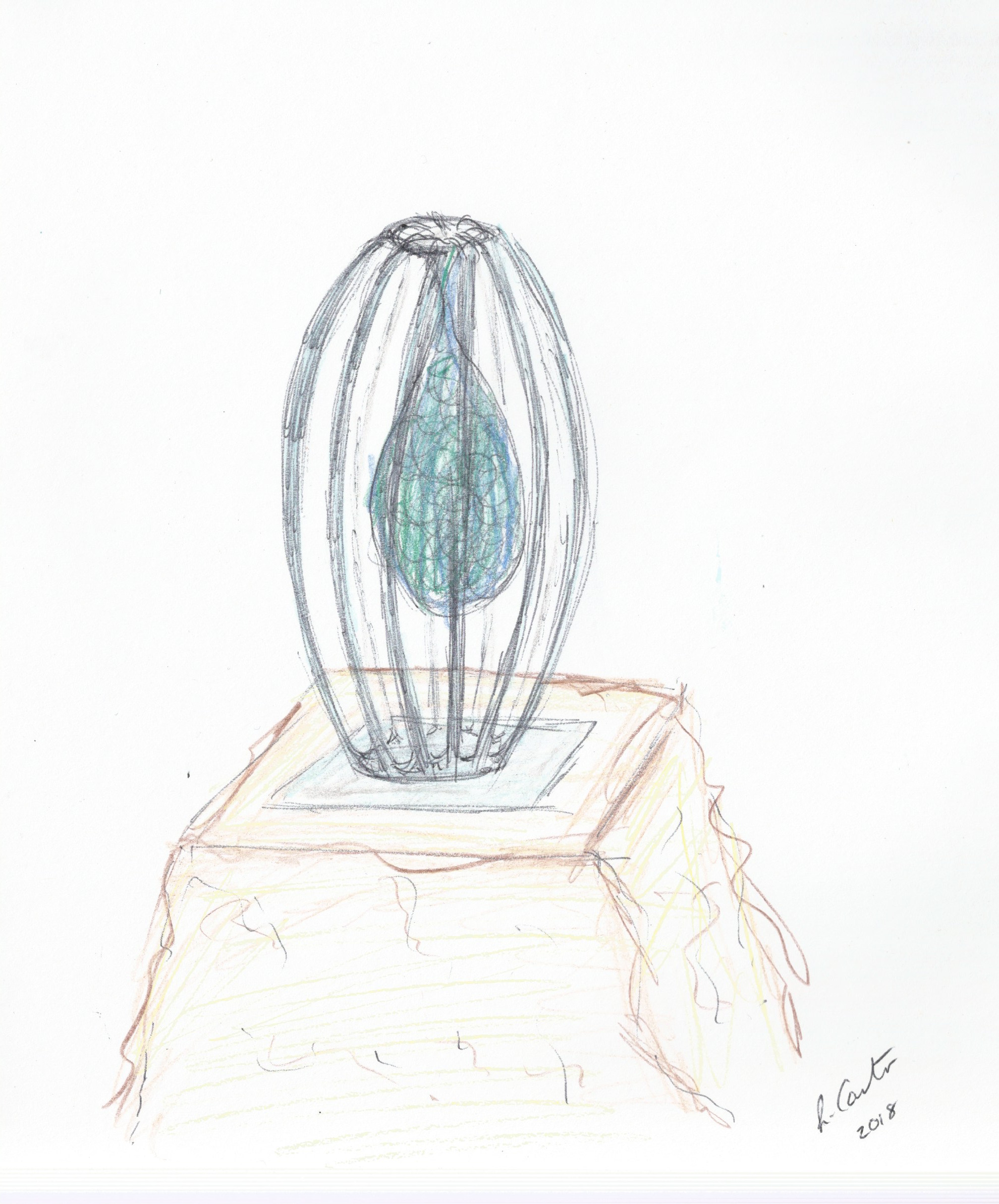

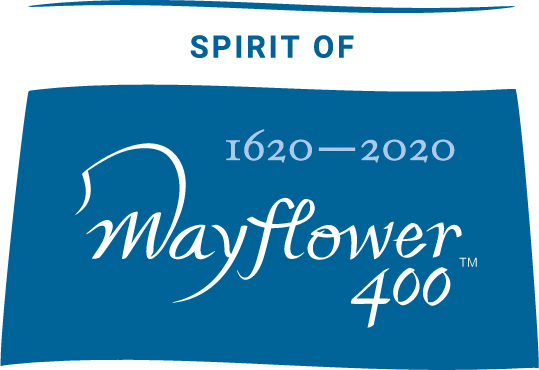
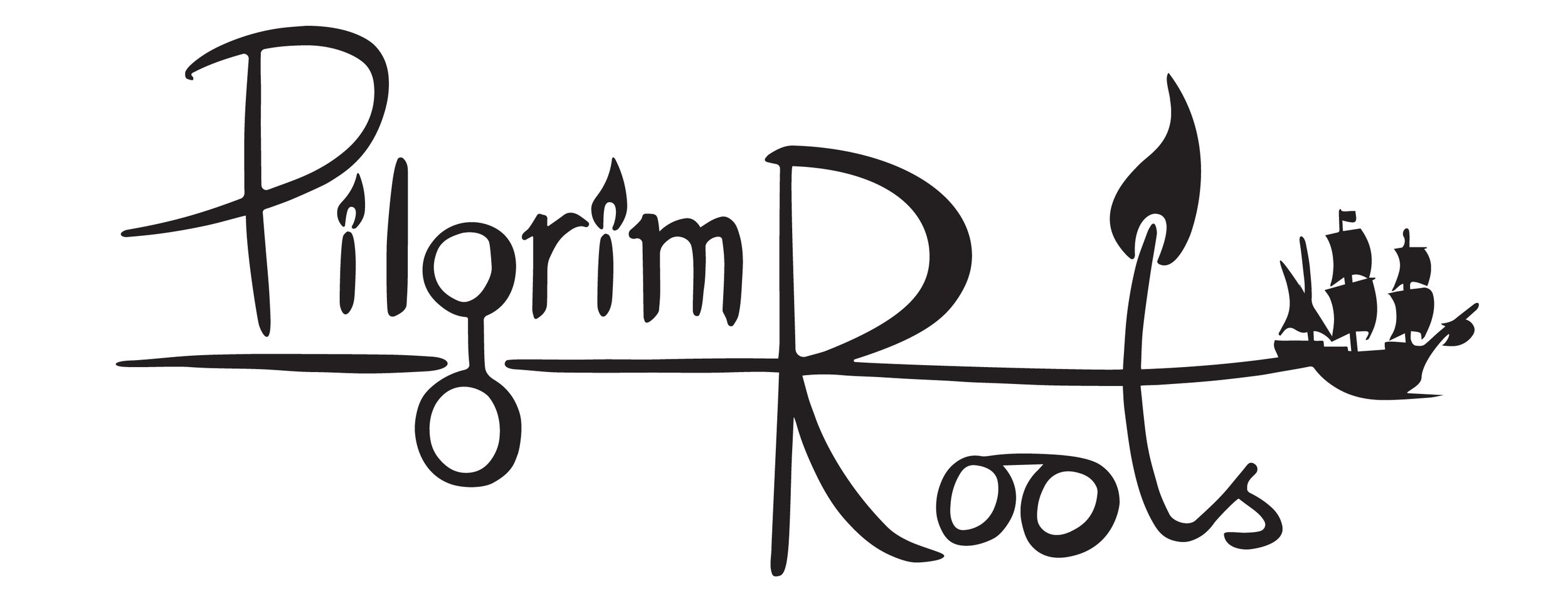
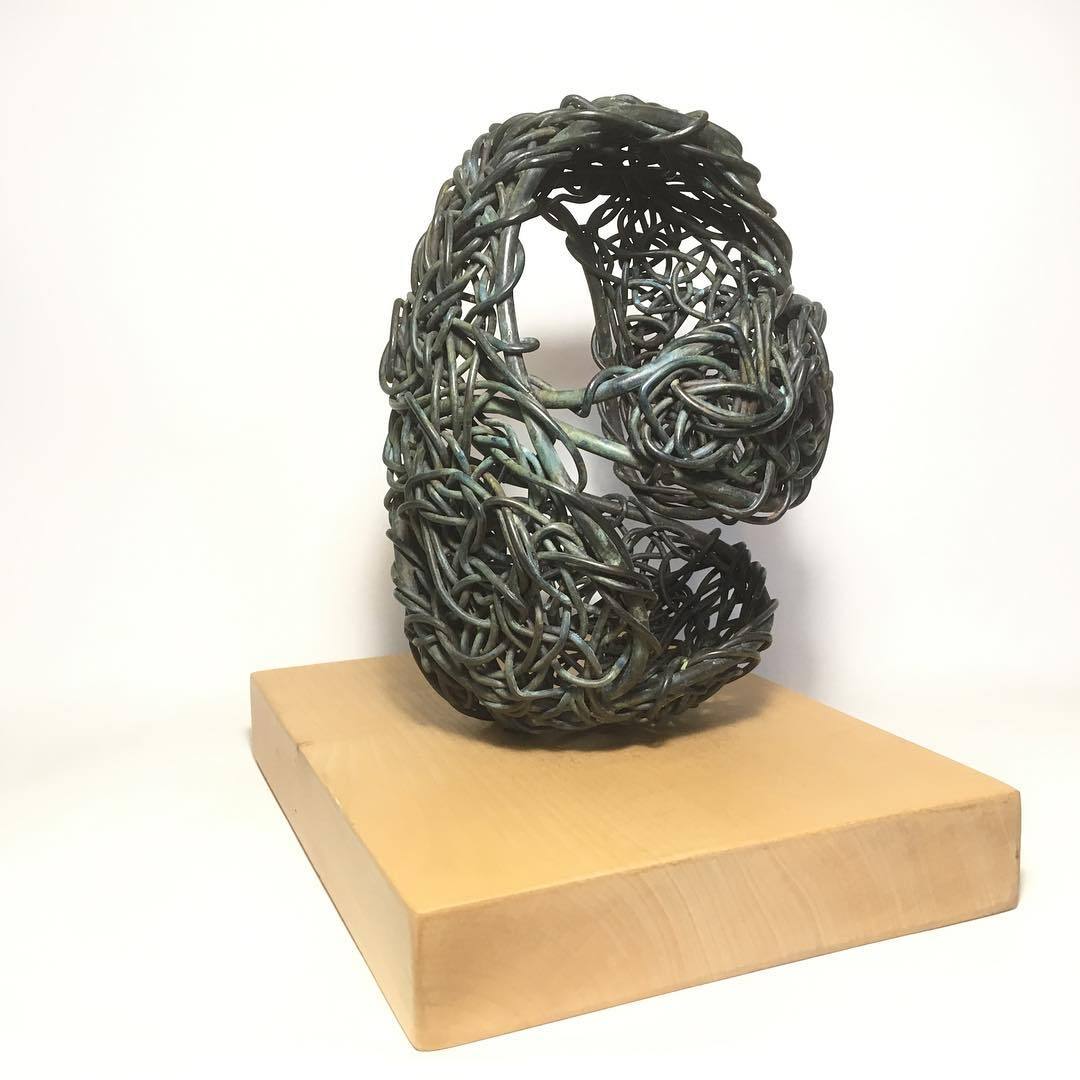
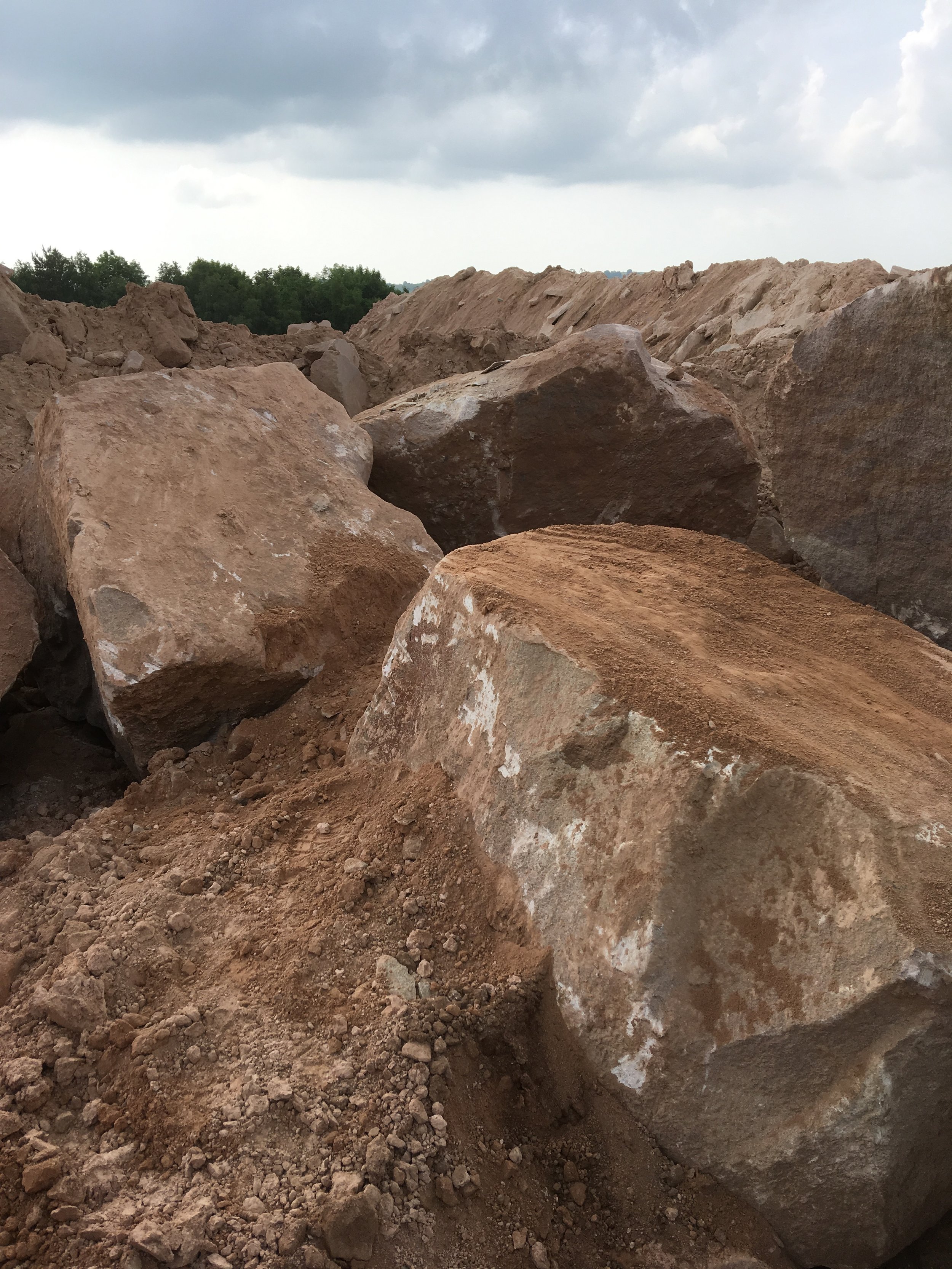
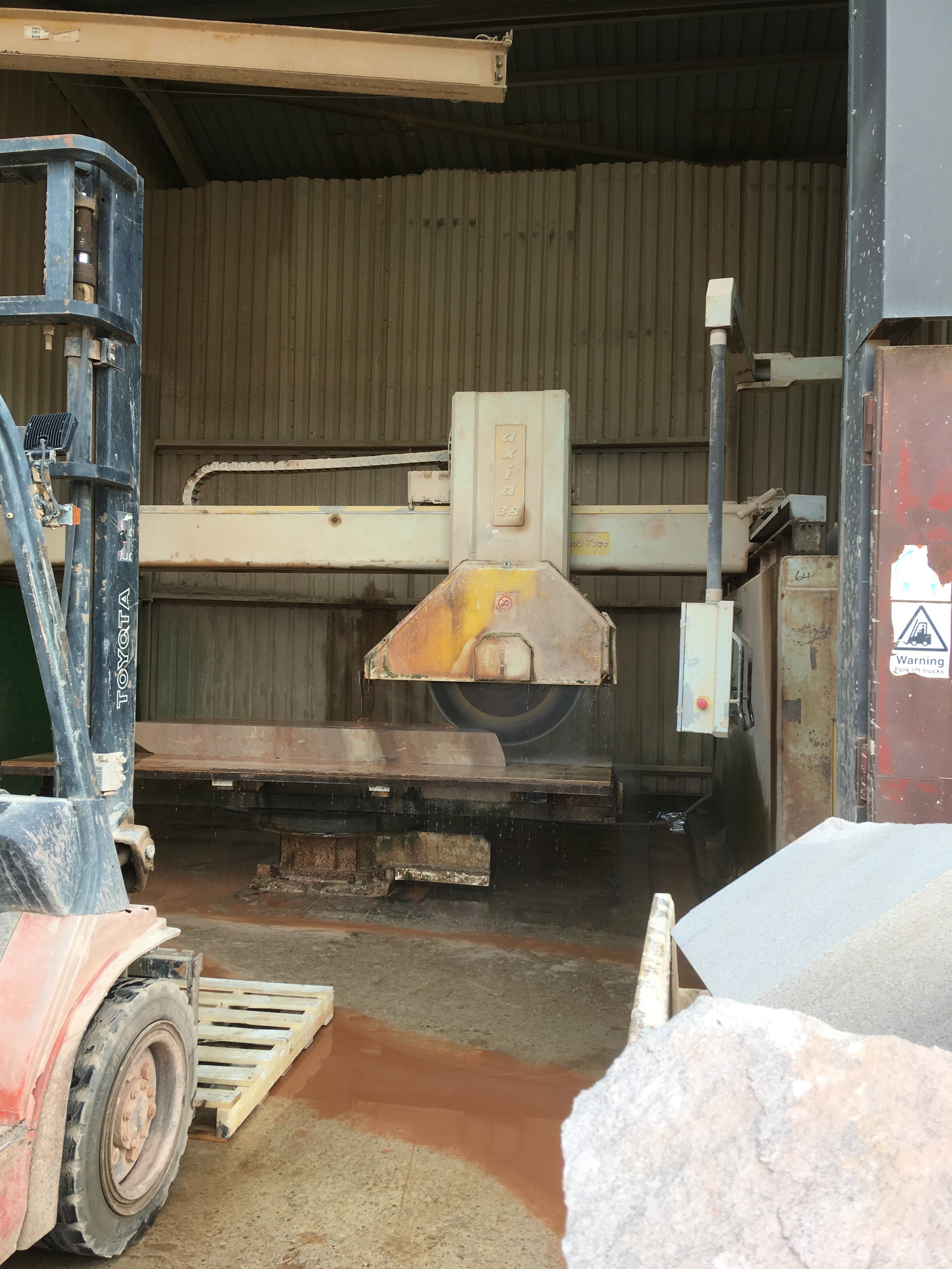
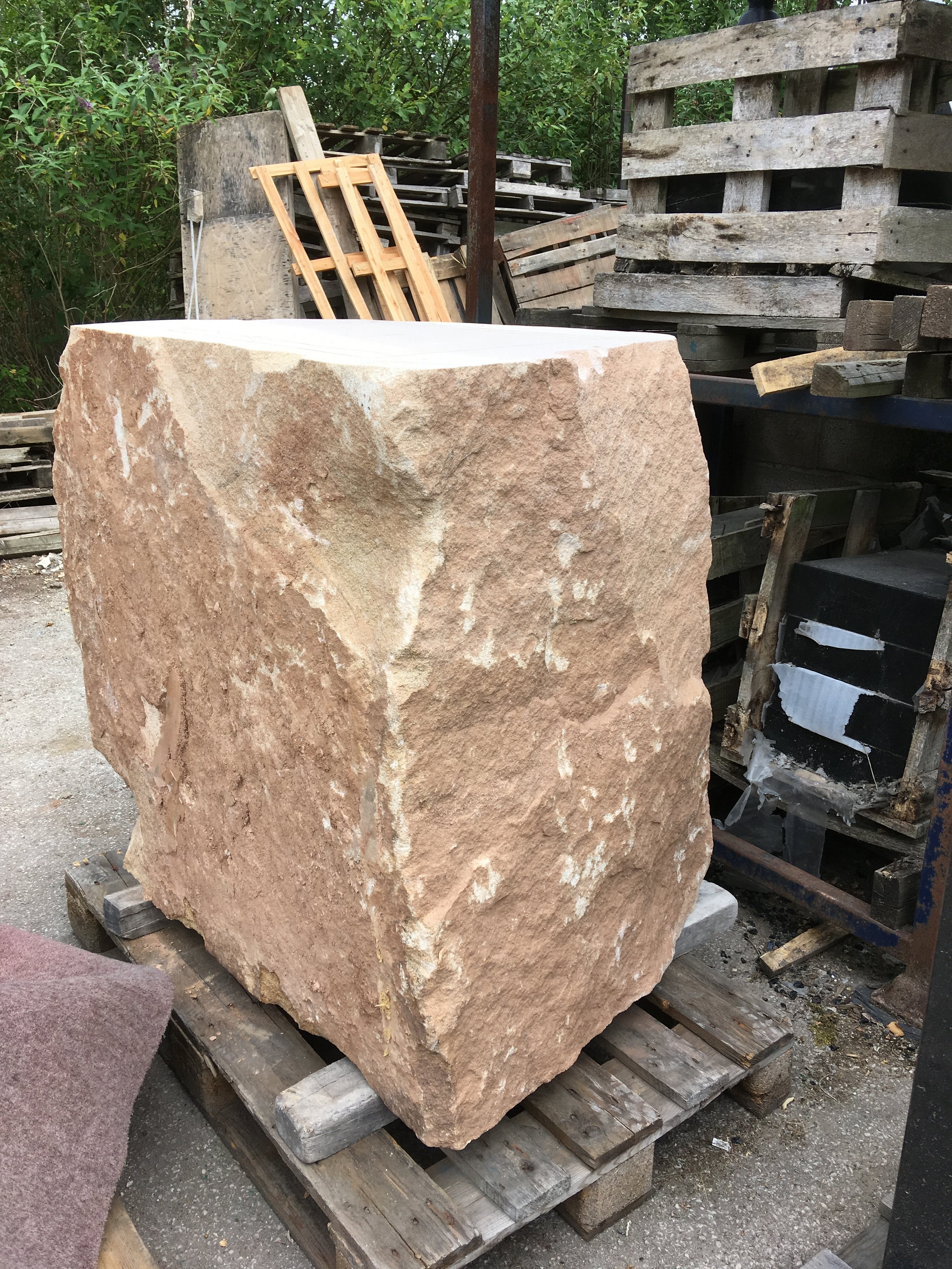
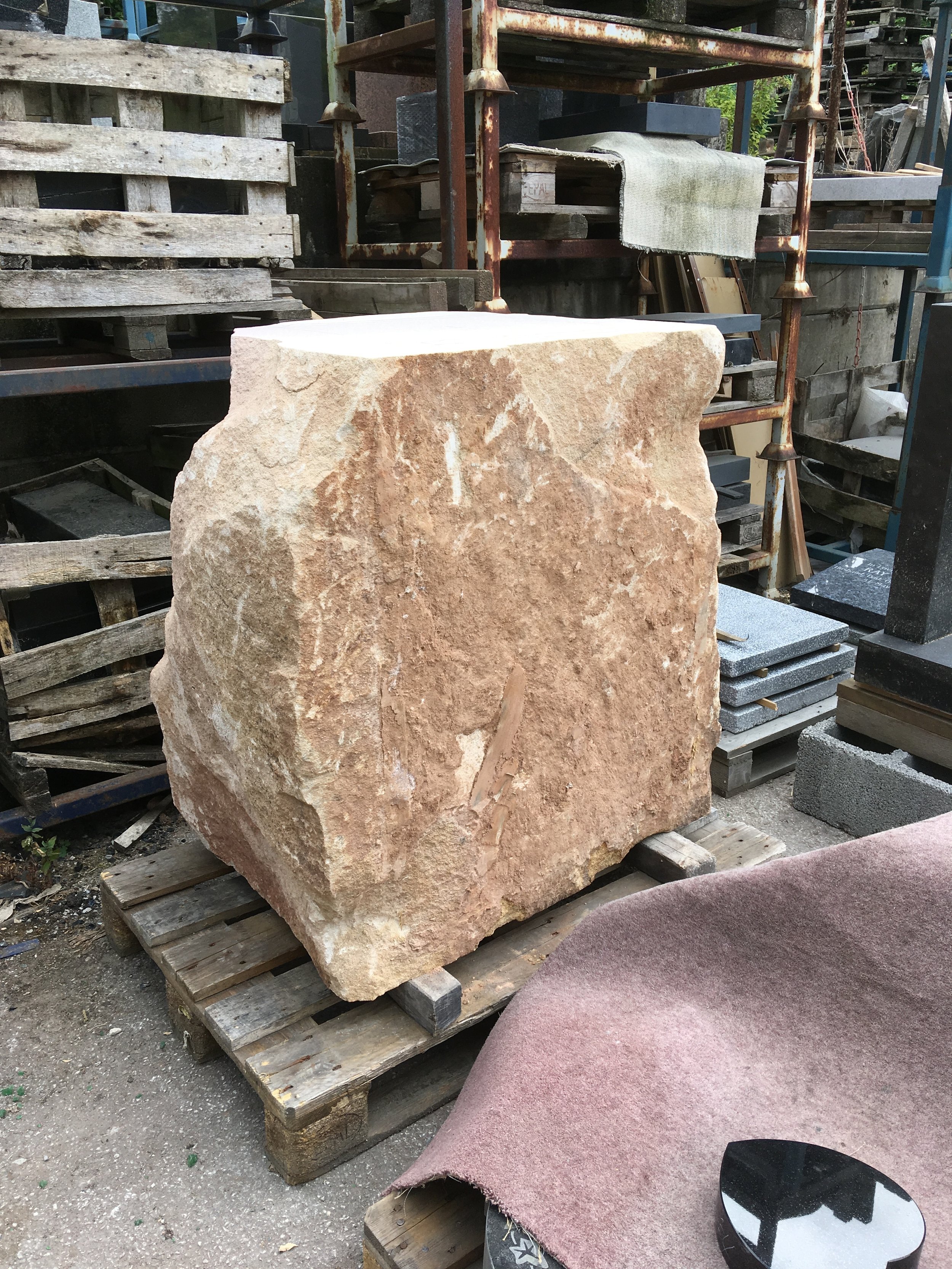

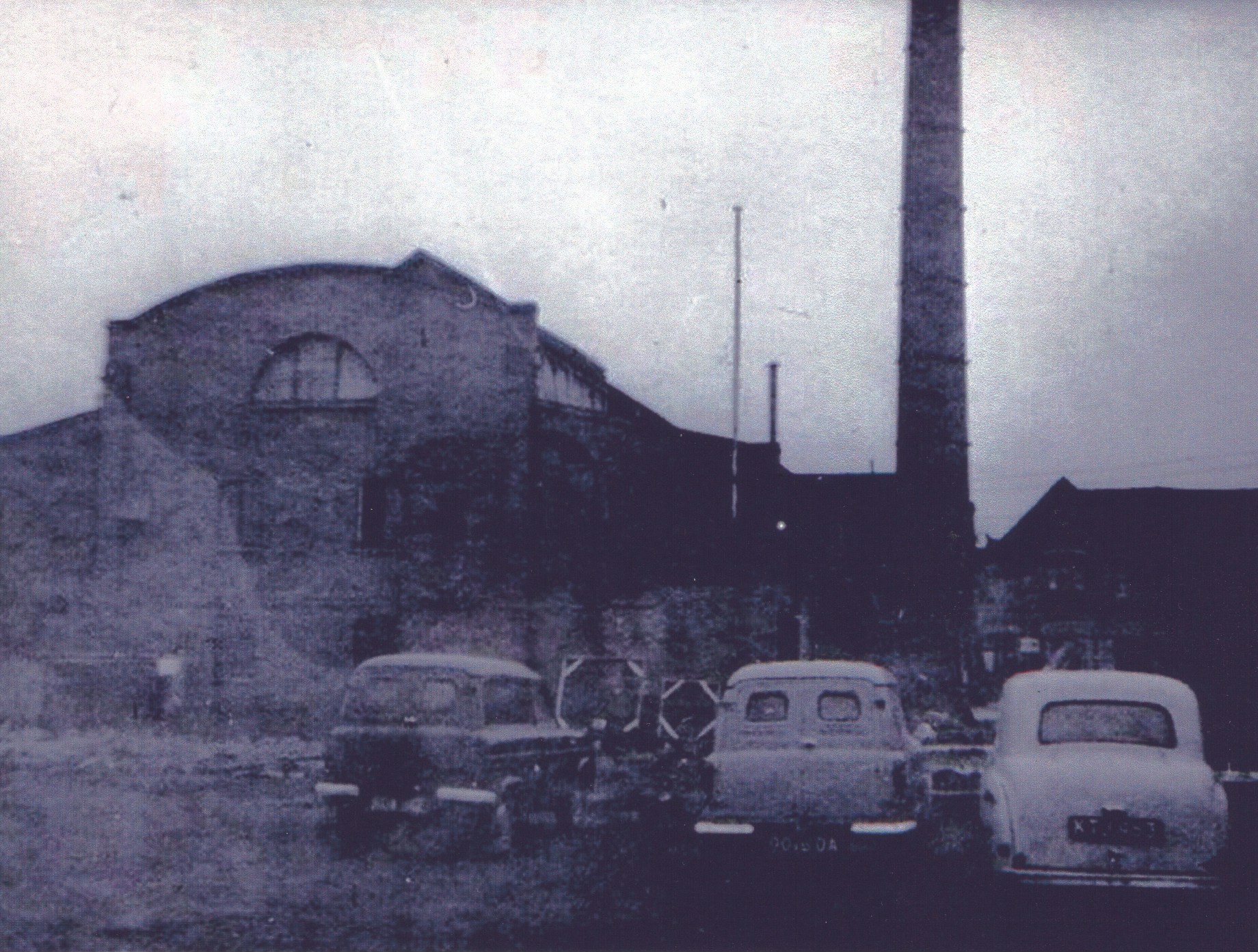

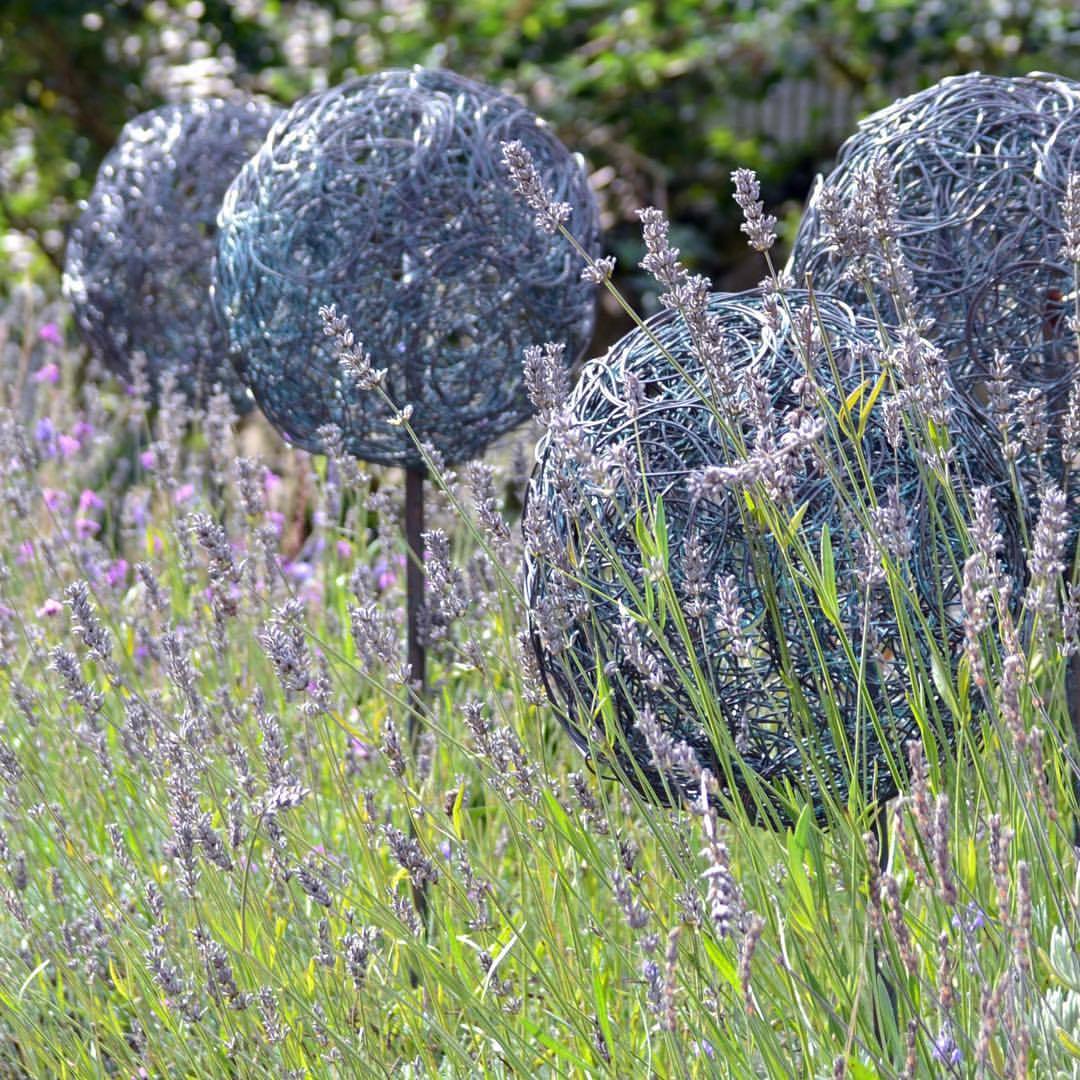
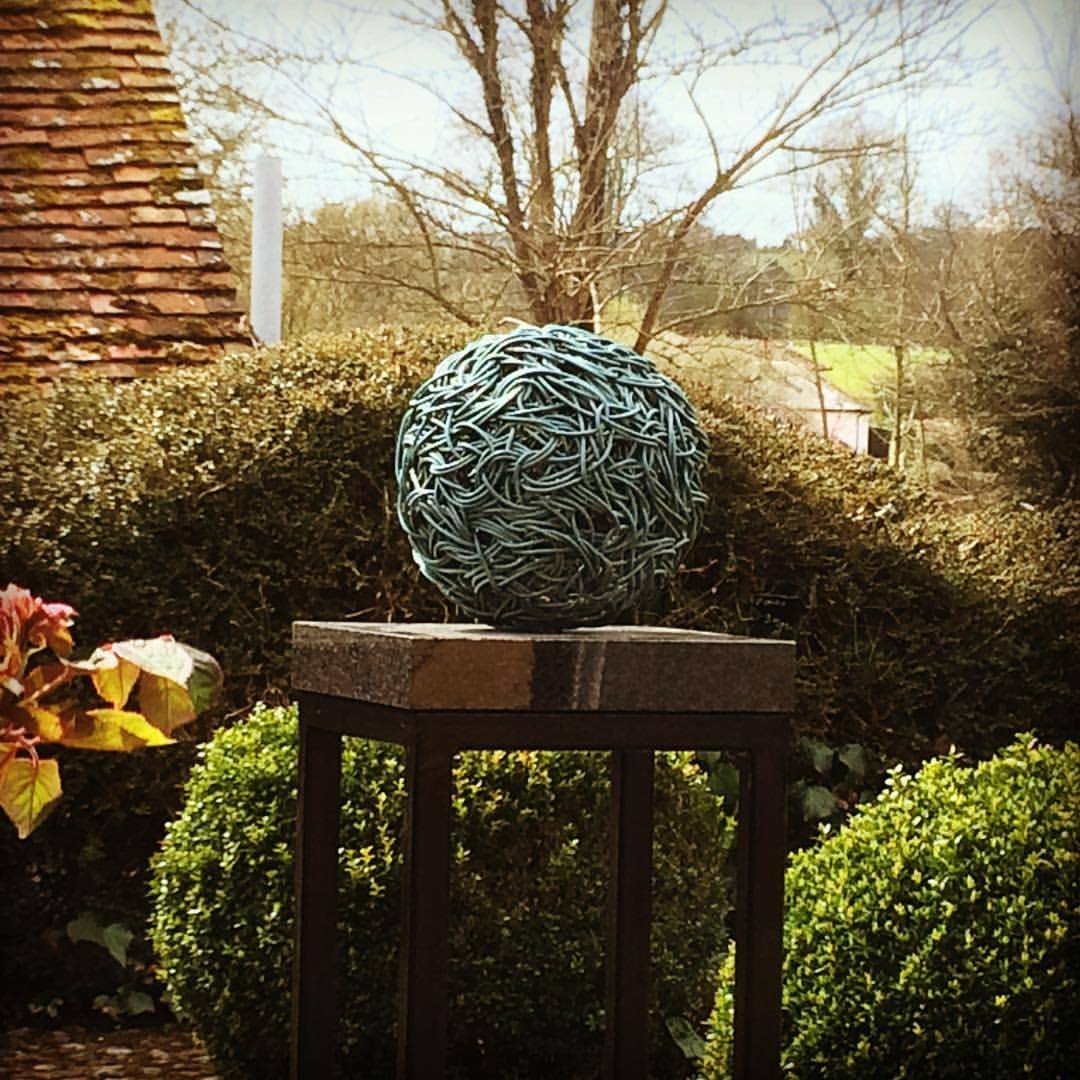





In 2010 Rachel was commissioned by Amber Valley Borough Council to create a gateway sculpture in the town of her birth.
Heanor in South Derbyshire has a rich industrial history, from textiles and hosiery to coal. The sculpture sits on the corner of the old site of I R Morley's, a textile manufacturer established in 1795 whose premises in Heanor employed over 1000 people until it closed towards the end of the 20th century.
I R Morley's logo featured a wheel set in a pair of wings titled the Flying Wheel and was the first company logo added onto a piece of clothing.
The sculpture takes inspiration from this story and presents a wing either side of the sculpture which is punctured by a large wheel representing industry and regeneration.